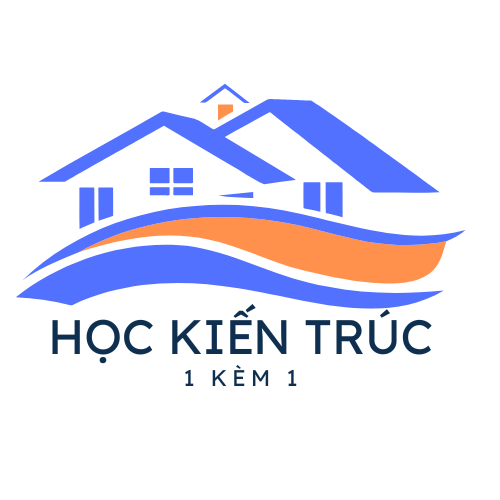Every home listing begins with a digital image — and that image must pop.
Enter virtual staging software.
Instead of hauling couches, homeowners can now virtually decorate empty rooms using 3D platforms.
What Is Virtual Staging Software?
Virtual staging is the application of design tools to enhance photos of unfurnished properties.|It’s a way to let prospects visualize living in a home without moving a single object.}
Basic steps include:
- Send in your shot
- Select your design theme
- Add furniture digitally
- Export and publish
Services such as ApplyDesign offer professional editing with design libraries. Some provide automated results, while others let you customize each corner.
Why It Works in 2024
The first showing is online.
Virtual staging allows listings to:
- Catch more clicks
- Spark buyer imagination
- Sell faster
- Reduce marketing expenses
When inventory lags, properties with plain shots don’t cut it. Staged ones? They sell themselves.
Features to Look For in Virtual Staging Tools
When choosing virtual staging software, consider:
- Style options: Boho to minimalist — more choices mean better results.
- Lifelike quality: No one wants cartoonish furniture.
- Ease of use: You shouldn’t need a PhD in Photoshop.
- Cost structure: Look for pay-per-image that fit your needs.
- 3D rendering features: Some tools even allow object removal.
Who Uses Virtual Staging?
Real estate professionals use it for:
- MLS listings
- Teasers for social media
- Airbnb setups
- Pre-construction ads
Pros and Cons
✅ Pros:
- Cost-effective
- 24-hour delivery possible
- Emotional appeal to buyers
- No storing furniture
❌ Cons:
- No real furniture included
- Could confuse buyers if unclear
- Cheap tools can look fake
Disclosure Rules & MLS Guidelines
Transparency is mandatory. MLS boards and associations often require:
- Watermarks like “Virtually Staged”
- Text disclosure in photo captions
- Clear communication with buyers that furniture is not included
Never try to mislead — it could hurt your sale or reputation.
Future of Virtual Staging
The tech is evolving fast. Expect:
- One-click room styling
- Interactive tours
- AR and VR integration
We’re heading toward hands-free, AI-driven property staging.
Top 5 Virtual Staging Software Picks
| Software Best For Price | ||
| BoxBrownie | Photo realism | $24/image |
| VisualStager | DIY, drag-and-drop | $15/photo |
| ApplyDesign | Quick auto-staging | $7–$29/photo |
| RoOomy | VR/AR staging | Contact sales |
| Stuccco | Custom pro staging | $29+/image |
Pro Tips for Realistic Results
- Use natural lighting
- Use straight angles
- Less is more
- Create warmth
- Stick to one theme per home
Closing Thoughts
Homes sell faster when they look like homes, not storage units.
If you’re selling a home in 2024, virtual staging is your edge.
Test the tools, see the results, close faster.
Source: Hashnode.Dev (greatest Virtual Staging Software)
Many firms have adopted AI with great success.
{For instance, A top property firm in California implemented AI for dynamic pricing and saw a 30% faster closing rate.
One company used AI to refine its customer outreach, cutting advertising costs by half.
They showcase the potential of integrating AI into every stage of the selling process.
## Future Trends in AI for Real Estate
As technology continues to evolve, so will the role of AI in real estate.
Future developments include more refined predictive models and fully automated sales processes.
For example, imagine using AI to not only stage a home virtually but also to create an interactive, 360° walkthrough.
Another trend is the use of decentralized technologies alongside AI, providing additional layers of security and transparency.
The real estate industry is poised for a tech-driven revolution.
For agents and sellers, embracing AI now ensures long-term growth.
## Summing Up the AI Impact
The impact of AI on real estate is profound, affecting every step from valuation and marketing to customer service and back-office operations.
Those who adapt early can experience a quantum leap in business performance.
Although there are concerns and initial challenges, the advantages are compelling and inevitable.
In a world where data-driven insights, automation, and personalization are paramount, AI is the catalyst for transformation in real estate selling.
The message is clear: those who leverage AI will lead the market.
Looking ahead, the fusion of AI with real estate is destined to create a smarter, more efficient marketplace.
For those ready to step into the future, the time to act is now.
{In conclusion, AI software is more than just a technological upgrade — it is the core of the future of real estate selling. Embrace the change, harness the power, and watch as your business transforms beyond measure.
The revolution is here — and it’s powered by AI.
